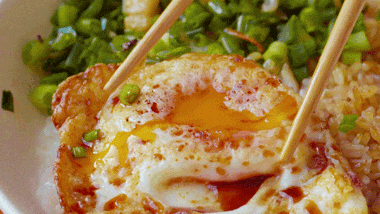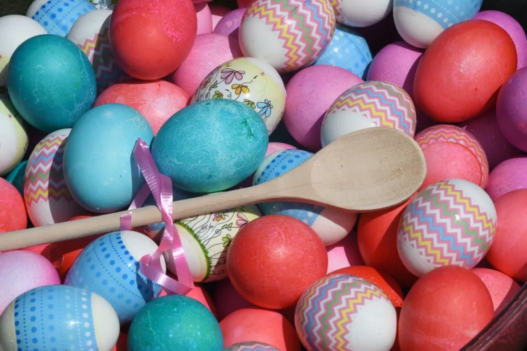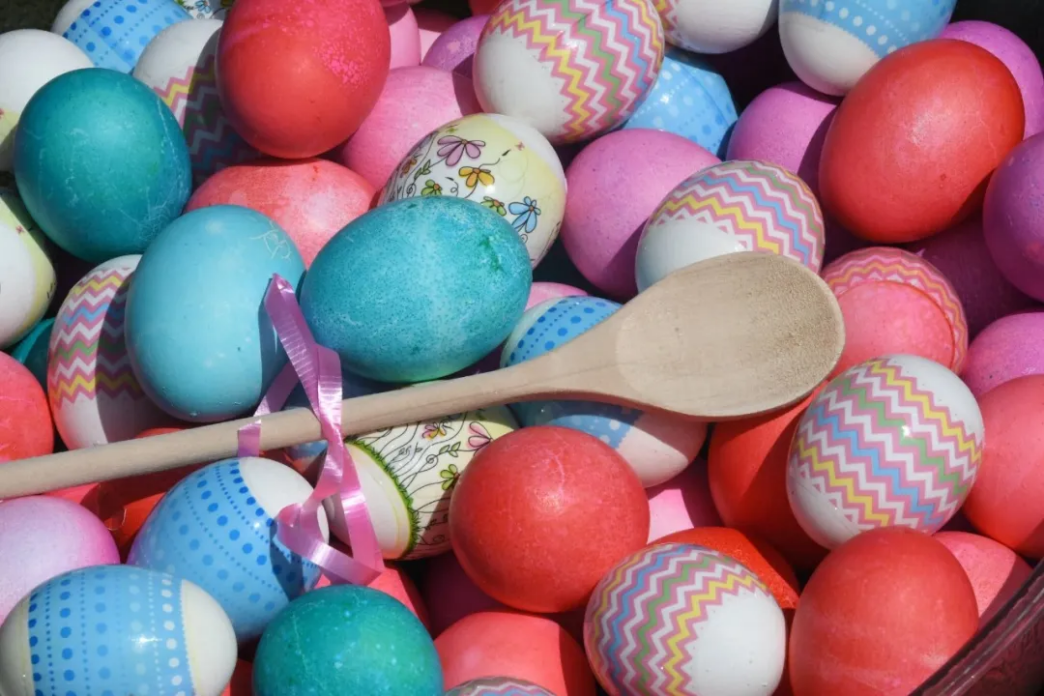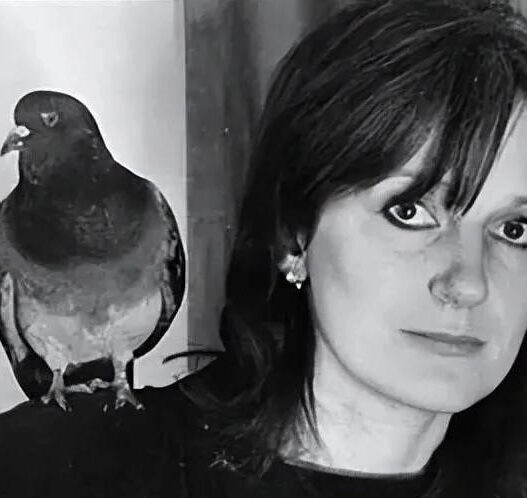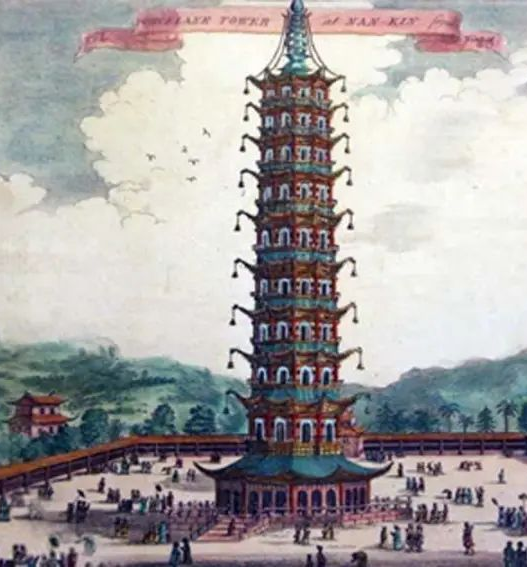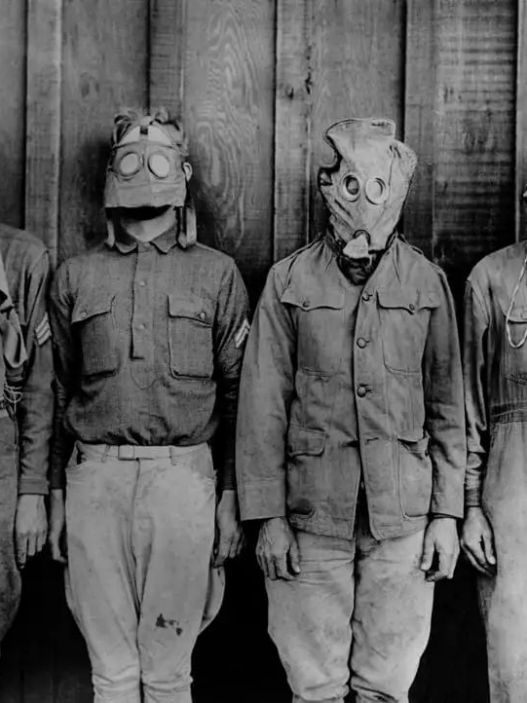April 20th marks one of the most important Christian holidays – Easter.
The Colorful Easter Eggs Tradition
When we think of Easter, we can’t forget the colorful Easter eggs.
A while ago, a lifestyle and home design video account in the United States released a tutorial on how to decorate Easter eggs. The video attracted a lot of attention from netizens.
In the video, the creator made Easter eggs out of various common items:
- Shell-shaped pasta,
- Small potatoes,
- Clay,
- Paper, and even
- Wood.
Surprisingly, they turned out to be quite beautifully made.
The Reality of Egg Prices
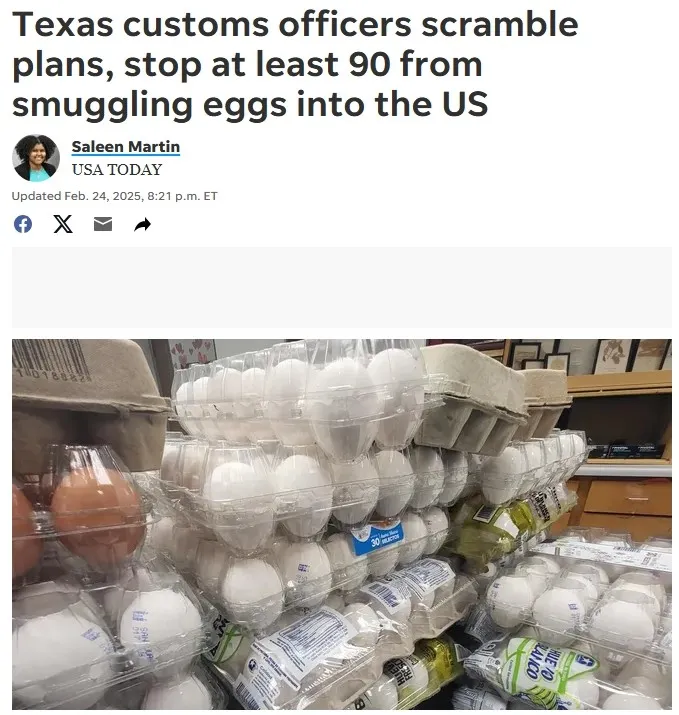
However, after the video went live, some viewers left comments asking: “What’s the point of dyeing eggs and then eating them after the holiday? What do you do with the dyed eggs afterward?”
This seemingly innocent question sparked a wave of comments from frustrated viewers. “Sister, eggs are too expensive to even eat!”
Recently, the United States has been hit by a significant egg crisis due to the outbreak of avian influenza. This led to a severe egg shortage, causing prices to soar.
The Egg Smuggling Scandal
There were even reports of thieves in supermarkets stealing eggs, and some smugglers were trafficking eggs instead of drugs.
The U.S. government, realizing the severity of the problem, sought egg aid from other countries. However, as expected, the aid effort didn’t yield much success.
Easter Eggs and the Skyrocketing Prices
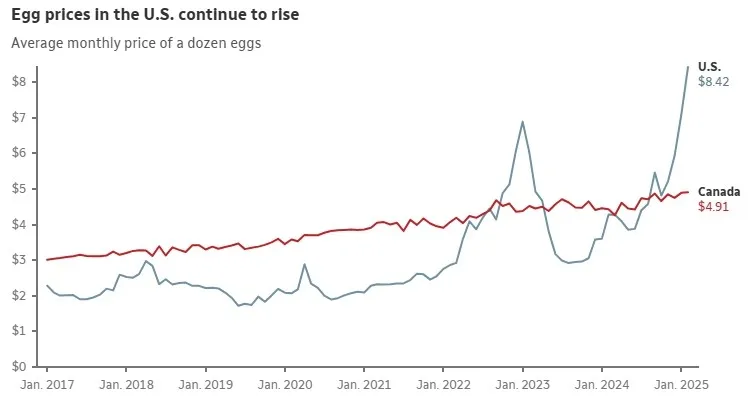
With Easter approaching and the need for eggs to decorate, egg prices have reached new heights. According to statistics, the price of eggs in the U.S. hit a historic high of $6.23 per dozen in March, which is nearly $4 per egg.
In April, egg prices dropped slightly, but they still remained astronomically high, far surpassing egg prices in Canada.
Creative Alternatives to Expensive Eggs
In response to this crisis, some creative individuals have come up with alternative solutions.
Some have made egg-shaped brownies decorated with small flowers:
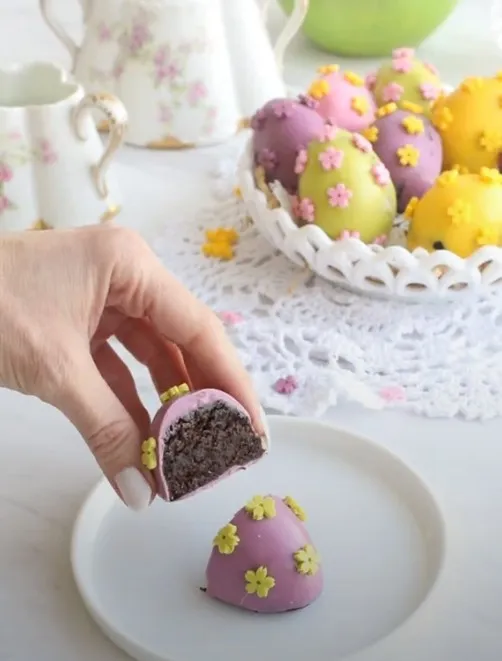
Others have taken a more complicated approach, creating chocolate eggs by shaping peanut butter, almond flour, and maple syrup into egg shapes. They dipped these in white chocolate made with blue spirulina and matcha, and let them dry.
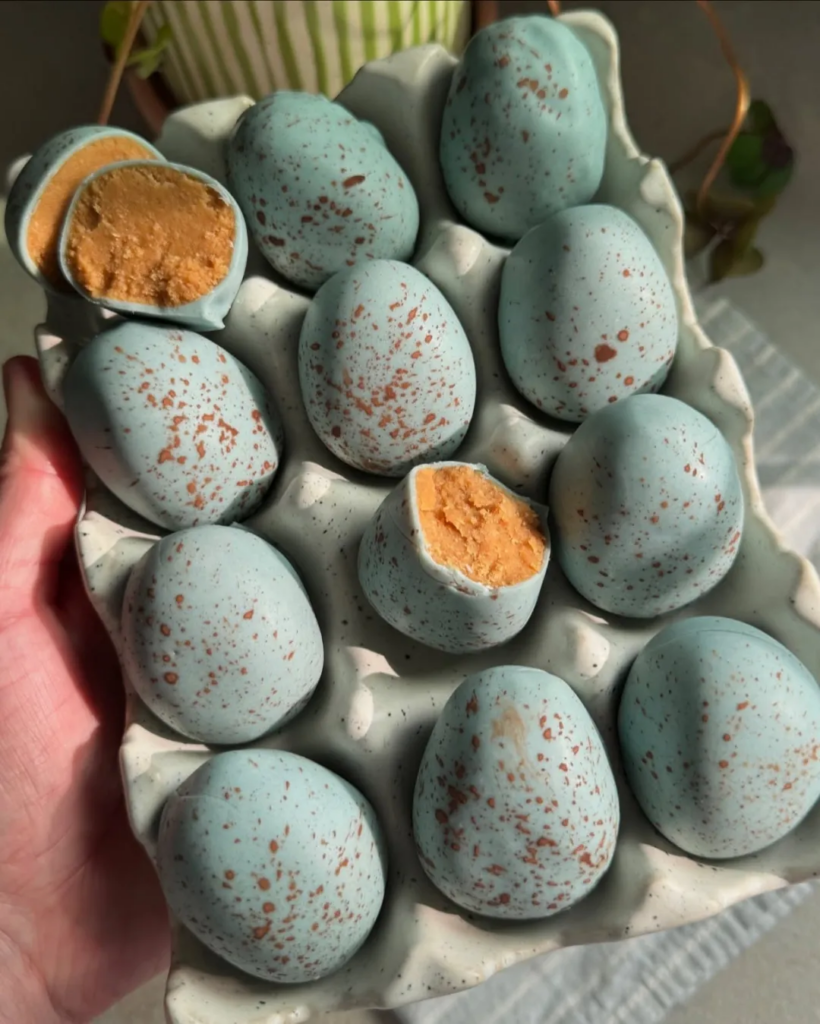
For those who prefer simpler methods, one mother shared that her family dyed marshmallows with edible food coloring instead of using eggs this year. “Eggs are too expensive, so I prefer dyeing marshmallows.”
Another user suggested soaking small potatoes in dye. From a distance, they look like eggs.
Those without the time or skills to make their own can simply buy plastic eggs at the store. According to Michaels, a U.S. craft retailer, their sales of plastic egg sets have skyrocketed this year, with a 20% increase from the previous year.
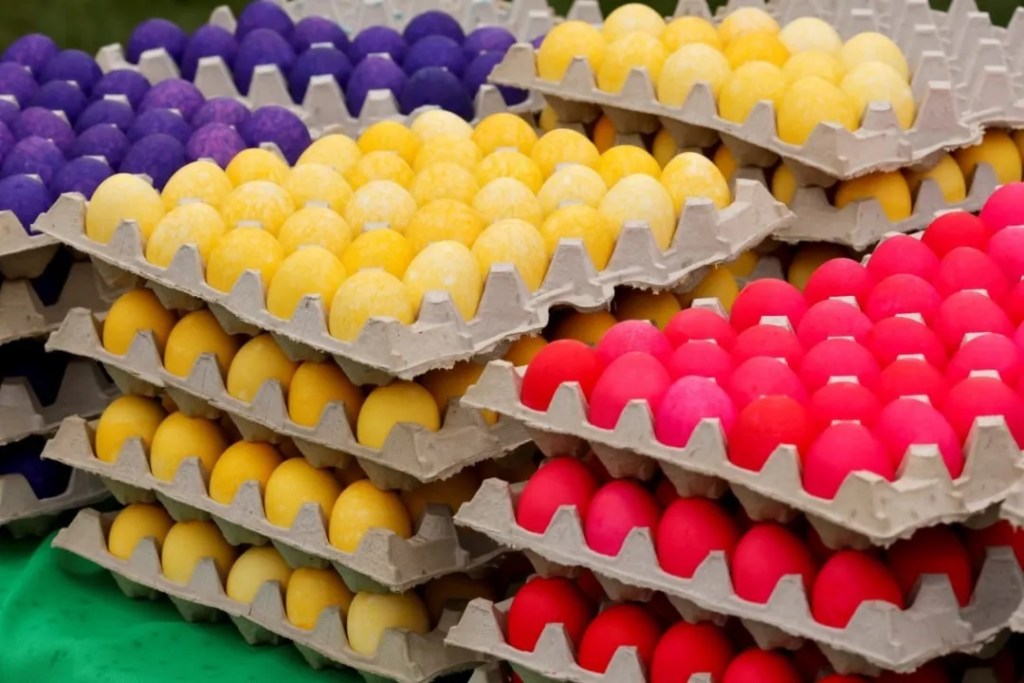
Easter Egg Hunt and the Challenges It Faces
Of course, these creative solutions don’t solve the underlying problem. An amusement park farm in the U.S. that used to buy 10,000 eggs annually for Easter egg hunts has reconsidered the event due to the high price of eggs. This year, they’ll use plastic eggs as a replacement and offer free carousel ride vouchers as prizes instead. Fortunately, the children participating still seemed to enjoy the rewards.
A Bitter Joke
While some kids were enjoying the event, many netizens turned the situation into a humorous commentary. They joked about how soon even potatoes might become the new Easter eggs. One user quipped, “Don’t worry! Our dear leader will soon raise potato prices to a level where even ordinary people can’t afford them, and we’ll be painting stones for Easter and throwing them at the government troops.”
Another user joked, “In 2025, we’ll be able to say, ‘My kids have eggs to eat!’ That’ll be the mark of a good life.”
Some compared the current situation to the Great Depression, while others joked that buying cheap plastic eggs made in China would be the way to go—though it wasn’t clear if this was still an option.
Conclusion
It seems that Easter eggs have turned into Easter potatoes this year. This unexpected twist is something we’d never thought we’d see!





